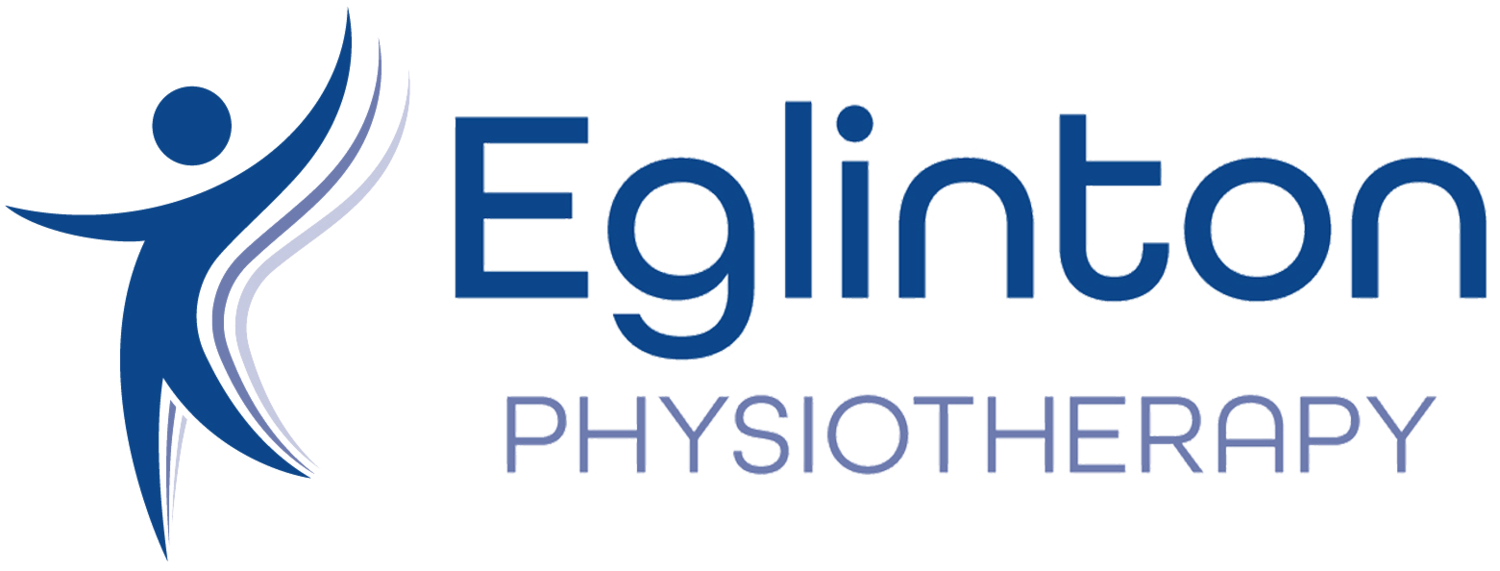Upper Crossed Syndrome
Imagine; You are standing tall, feeling no tension around the shoulders and upper back, the neck can move freely you know you are in good harmony among your muscle groups and spine. Headaches are a thing of the past and there is no difficulty staying focused on your work.
The opposite of this is called Upper Crossed Syndrome (UCS) and it is very common.
Upper Crossed Syndrome is present when there is a decreased awareness of the spine. In particular, where the position of the head is held in relation to the neck(cervical spine), such as Forward Head Position(FHP). It also includes the rounded position of the mid-back (thoracic spine) in relation to your neck and head position. In addition, the shoulders are held in a forward or rounded manner that increases the load of the upper quadrant.
With UCS there is an imbalance among muscle groups- see picture. Increasing awareness will be the first step towards improving your health.
Weak muscle groups in UCS:
-lower and mid trapezius muscles
-serratus anterior (wraps around your ribcage from your shoulder blade)
-infrapsinatus (strong external rotator of the shoulder)
-deep core cervical muscles
Tight muscles groups in UCS:
-upper trapezius (top of the shoulder)
-pectoralis major and minor (front of the body)
-levator scapula (shoulder blade control) Deep Core Cervical muscles
Preventative measures you can take daily to control this including limiting time spent on electronics and taking breaks every 15-20 minutes when sitting.
However, the best way to treat UCS is through postural changes and the right exercises.
You can try the military wall press, where you stand straight with your back against a wall and lift your arms up (see picture - top examples) and laying on a foam roller, also with your arms up (see picture - bottom examples).
For tips on posture, see our article “Ideal Seating Posture!”
https://www.eglintonphysiotherapy.com/education/articles/ideal-seating-position




